 The Gulag. Traces and Evidence 1929–1956
The Gulag. Traces and Evidence 1929–1956
An exhibition by the “Memorial” Society, Moscow and the Buchenwald and Mittelbau-Dora Memorials Foundation in cooperation with Stiftung Schloss Neuhardenberg, sponsored by the German Federal Cultural Foundation. Tuesday to Sunday and public holidays, 10am – 7pm Opening Sunday 29.04.2012, 12 noon Great hall Tuesday 01.05.2012 – Sunday 24.06.2012, Exhibition hall Admission: € 8 / concessions € 4.50 Academic directors: Prof. Dr. Volkhard Knigge, Prof. Dr. Irina Scherbakova Curators: Rikola-Gunnar Lüttgenau, Nikita Ochotin, Dr. Bodo Ritscher “Gradually it was disclosed to me that the line separating good and evil passes not through states, nor between classes, nor between political parties either – but right through every human heart – and through all human hearts. It is impossible to expel evil from the world in its entirety, but it is possible to constrict it within each person”, stated Alexander Solzhenitsyn in his monumental work, The Gulag Archipelago, for which he was awarded the 1970 Nobel Prize in Literature. The Gulag has been a synonym for Soviet forced labour camps, in which 20 million people were held since the book was first published. There were political detention camps and forced labour in the Soviet Union throughout its existence. The Gulag in its true sense arose at the end of the 1920s and was gradually dissolved in the 1950s. Gulag is the Russian acronym for the Glavnoye upravlyeniye ispravityel’no-trudovih lagyeryey i koloniy (Chief Administration of Corrective Labour Camps and Colonies), formed in 1930. “The Gulag. Traces and Evidence 1929–1956” is the first comprehensive exhibition to be seen on this subject in Germany, where it still only occupies a place on the margins of public consciousness. This central historical subject of the “Century of Extremes”, as Eric Hobsbawm once put it, is shifting to a more prominent position in public perception. In essence, the exhibition deals with the core period of the Soviet detention camp system. In the sense of a historical framework, however, the phrases “the Gulag before the Gulag” and “the Gulag after the Gulag”, to quote two terms coined by Nicolas Werth, also play a role. The experience of the victims stands at the centre of the exhibition. Stories and experiences of the Gulag are reconstructed from their perspective. At the same time central issues, such as the terror and repressive functions of the Gulag and the use of forced labour in the context of Stalinist rule and the restructuring of society, will be brought into focus. The majority of the exhibits of this singular exhibition, designed by Hans Dieter Schaal, originate from the oppressively formidable collection of “Memorial” Moscow, an international human rights organisation whose first chairman was the nuclear physicist and dissident Andrei Sakharov. “Memorial” has placed exceedingly impressive and significant realia and documents, which have never previously been shown in public, at the disposal of the Neuhardenberg exhibition. Alongside a broad spectrum of eye-witness reports, photographs, films and artwork created inside the Gulag, physical evidence, which was recovered from the sites of former camps at the end of the 1980s, is also being exhibited. These are complemented by loans from the State Archive of the Russian Federation and the Research Centre for East European Studies at the University of Bremen. To accompany the exhibition, Wallstein Publishing are publishing a comprehensive companion volume (ISBN: 978-3-8353-1050-6), available in the shop of the Stiftung Schloss Neuhardenberg and book stores from April 2012 21 August to 21 October Schiller-Museum Weimar





